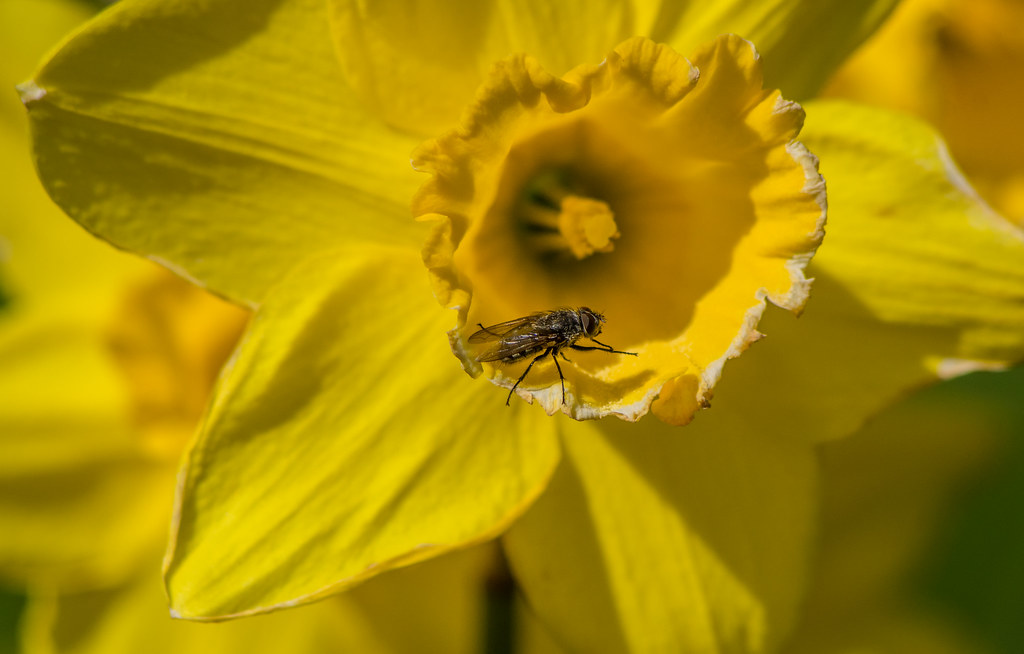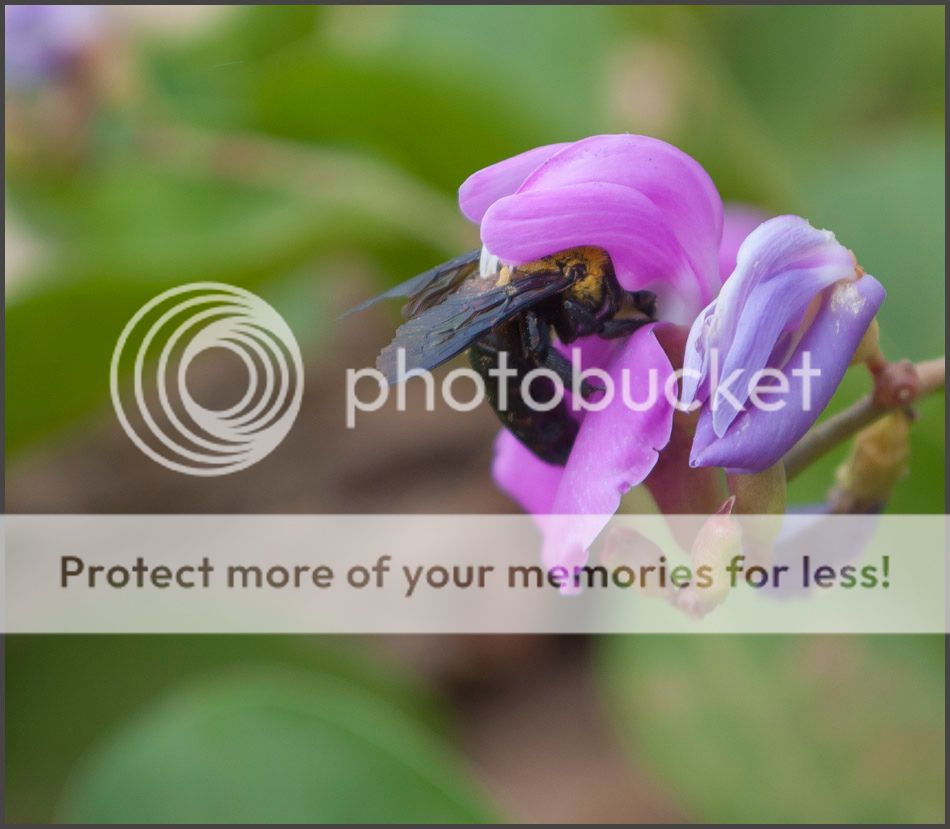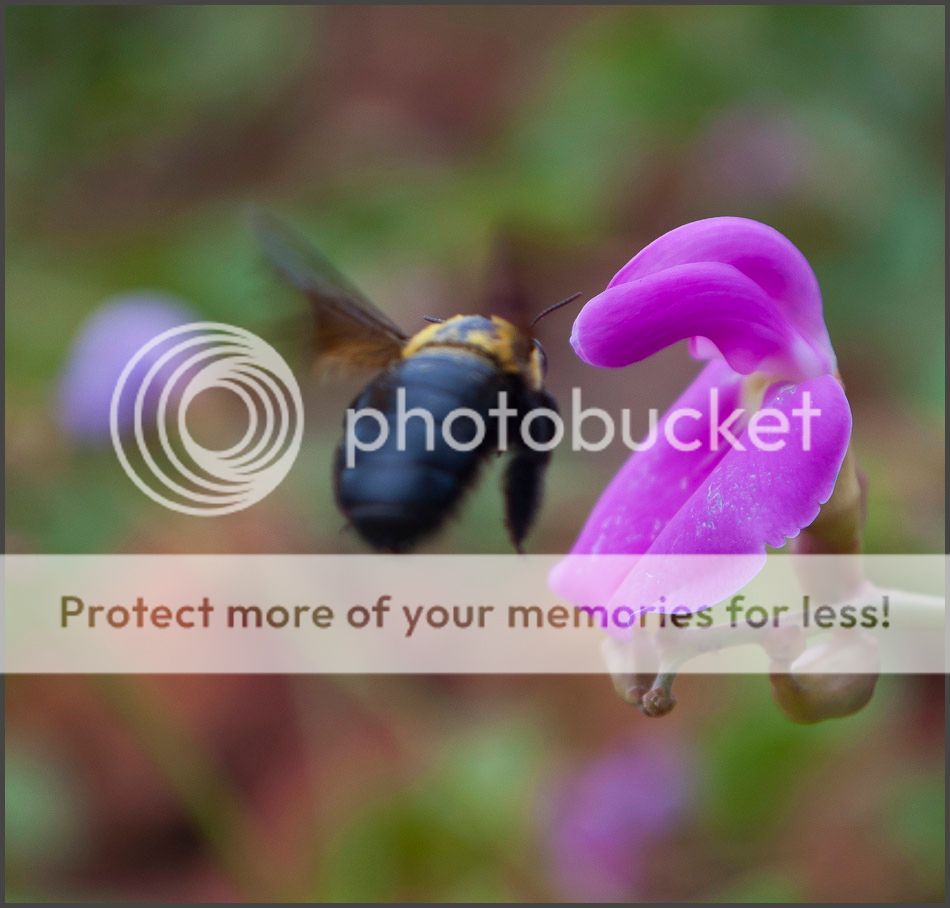 Originally posted by RockvilleBob
Originally posted by RockvilleBob 
Thanks - this bee was robust. I had luck waiting for the bees rather than trying to locate bees. I picked a spot they seemed to like and just sat there. Fortunately for me they left me alone and the flash didn't bother them. Flash is good for getting the shutter speed and small aperture - now if only I was skilled enough to get shots that didn't look so flat.
Practice makes perfect.
I haven't been stung in years, the bees and wasps are really not interested in you. Mosquitoes and some flies, however, are. So are ticks, so if you go wading through the prairie, suit up. Flash won't bother them. As far as flat images go, some of that's lens, some is condition. The flash will help isolate your subject.
With my FA100 f2.8 and K3II I'm usually shooting f16, 1/160sec, ISO 100 and Sunpak flash pop at 1/4 power.
I'm convinced 90% of stings are from the European Paper Wasp, which are aggressive.


 Similar Threads
Similar Threads 


















 Post #3 by Bud
Post #3 by Bud








